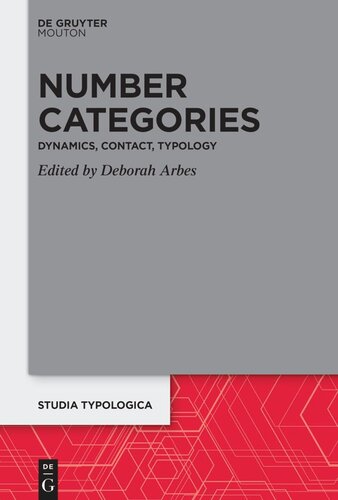

Most ebook files are in PDF format, so you can easily read them using various software such as Foxit Reader or directly on the Google Chrome browser.
Some ebook files are released by publishers in other formats such as .awz, .mobi, .epub, .fb2, etc. You may need to install specific software to read these formats on mobile/PC, such as Calibre.
Please read the tutorial at this link: https://ebookbell.com/faq
We offer FREE conversion to the popular formats you request; however, this may take some time. Therefore, right after payment, please email us, and we will try to provide the service as quickly as possible.
For some exceptional file formats or broken links (if any), please refrain from opening any disputes. Instead, email us first, and we will try to assist within a maximum of 6 hours.
EbookBell Team

4.1
40 reviewsThe book examines the category Number from a variety of linguistic perspectives. Typological aspects of co-plurals and singulatives are introduced and number marking is analysed for three individual languages: Kamas (Samoyedic), Welsh (Celtic) and Wagi (Beria, Saharan). For each language, the focus lies on a different aspect of number marking: In the Wagi dialect of Beria, different tonal patterns are discovered. The extinct Kamas language is analysed in terms of language contact with Russian. Number categories can also serve as a measure of loanword integration, as the study about spoken Welsh shows. The combination of articles in this volume illustrates the potential of number marking and offers insights that contribute our understanding of how grammatical number is applied and categorised in languages.